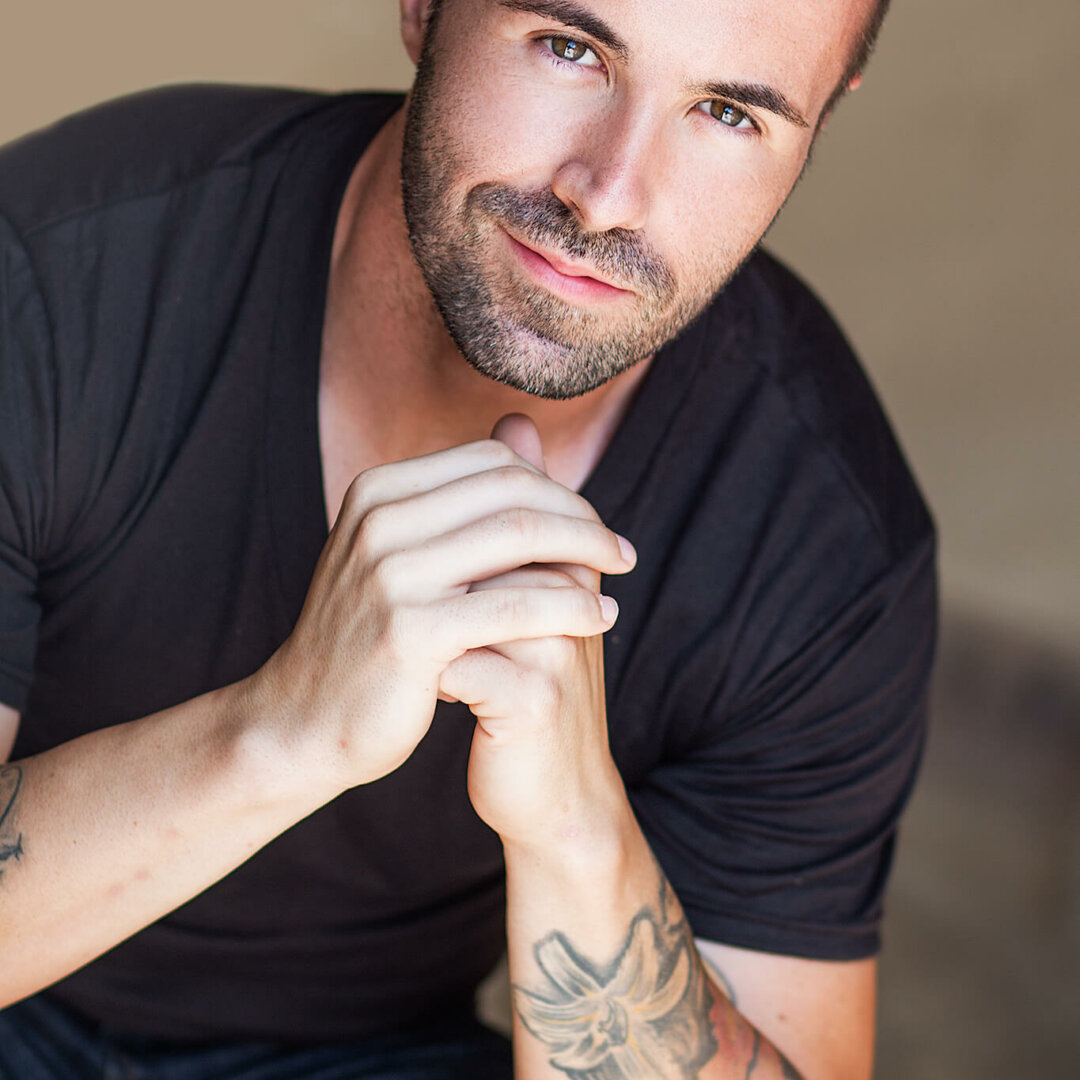Last time, I went over the model of training for sports. If you recall, the modality focuses on the specifics first, and everything else secondary or tertiary. But not everyone trains for a sport. And not everyone needs (or wants) to train in the manner of a powerlifter.
So with that in mind, one of the issues people training for body composition and general health have concerns about is their posture. So I will start there. And from there, I will talk about a few ideas for general health and fitness outside the sports realm.
Posture, Otherwise known as your Form
Your form (what you look like) follows your function (how you move). If you, like most, sit at a computer too often, you might exhibit some symptoms of this. Some of which are internally rotated shoulders, tight hip flexors, and poor thoracic spine mobility.
Looking at it from a movement standpoint, you can easily form a picture of what type of gym training you can engage in.
So like with sport specific training, your life specific training ought to fill in the gaps of what you are not doing. In addition to that, you don’t have to be as rigid with your lifting as you would if you were training for a sport.
Having said that, what are, in most contexts, movements that we’re lacking?
What do we lack?
One of the big motions that most of us need more of is extension. And in terms of human movement, we can extend ourselves at various extremities, like our shoulders, spine, elbow, and hips.
And like I mentioned before, if you spend a lot of time hunched over a desk, the above motions will counteract that. So what types of exercises are ideal for this? Well for starters:
- Deadlifts (hip extension)
- Pull-ups/rowing motions (shoulder extension)
- Cobra (the yoga pose, for spinal extension).
- Back extensions (can be great for hip extension or spinal extension depending on how you use it).
I like to think of this modality a little differently than most. If you get problems via overuse, think of what you’re “under using.” And the above are excellent starting points.
Fat Loss and Muscle Gain
There are few things that everyone can agree on when it comes to lifting. If you have ever visited a forum or been on Facebook, you know this to be true. However, almost everyone agrees that for both fat loss and muscle gain, volume is high on the list of importance.
In addition to that, there is at least one other common ground that most people can agree on. For either goal, working through the biggest range of motion you can (and this might be different depending on your history injuries) will help accomplish both of them.
When it comes to the differences in the goal, your focus will be on the load, or intensity. For fat loss purposes, density and volume take precedence over load. For muscle gain, you have to pay more attention to your intensity. This doesn’t mean go and max out all the time (obviously). You don’t even have to focus on your one rep max, for that matter. What matters is that loads increase overtime, as is one mechanism to facilitate progressive overload, along with volume and density.
Taking into account both of these goals, you have exponentially more leeway with the exercises choices you make compared to training for strength sports. It goes without saying, though, that variety need not always be the goal, but it can be a useful tool in keeping your training sustainable for you.
Knowing that, you can take those movements you lack and train them in the basic movement patterns we know: squatting, lunging, hinging, twisting, pushing, and pulling.
And in so doing, you can vary these movements by making certain small changes. For instance, you can lunge laterally, forward, or backwards. You can experiment with the stance on your squats and deadlifts.
You can then experiment with the tools you use, as well. Safety bar squats, goblet squats, front squats with kettlebells or a barbell are all viable options, for example.
Speaking generally, the take aways are as follows:
- Look for what you lack
- Train the basics that apply to you
- Keep it fun and progressively overload your body
- Pay attention to volume and density primarily for fat loss, for muscle gain, focus more on the intensity of the load as well
- Don’t go too crazy modifying the big motions
Conclusion
If general health and fitness are concerns of yours, this is a simple blue print to follow. Your posture will improve and you will be in it for the long haul. In addition to that, you’re more apt to lead a pain free life or maybe even relieve current pain if you train smart.
One last note. Don’t constantly try to fix your posture outside of your fitness practice. I said before that form follows function. The cool thing about this is that if your posture isn’t where you want to be, you didn’t try to get that way. It just happened by you doing whatever it is that you do.
It follows that to correct it, it won’t take nearly as long as it took to get there. So if you train properly, you’ll be fixing your form. And if you do it well, it won’t take much time to notice the differences. However, if you spend all your time worrying about it, you won’t leave much time for anything else. And the most important aspect of your training is that it is something you’re willing to do for the long haul, so that your results reflect that.
References
- DeokJu, K., MiLim, C., YunHee, P., & YeongAe, Y. (2015, June 30). Effect of an exercise program for posture correction on musculoskeletal pain. Retrieved from https://www.ncbi.nlm.nih.gov/pmc/articles/PMC4499985/
Originally appeared in the “Journal of Physical Therapy Science,” 2015 Jun; 27(6): 1791–1794.

